Cap Leather is harvested from the rind of fruiting Leathercaps and is primarily used in textiles and masonry.
Knowing how to work with cap leather is an important trade to have in colonies set in Jhoutaioan ecosystems. The colonies are forever growing, and demand for textiles is infinite.
The wonderful thing about leather is that you can pulp it down with additives and with other strains of leathercap to create stronger compositions.
Processing
Once it has been gathered from the fruit, Cap Leather can be mulched into a usable pulp by soaking it, then dehydrating it and running it through a mulcher. The pulp has a limited lifecycle. If it gets to dry it will turn to dust, if it gets too wet it will need to be mulched again. Storing it in a Pulp Mixer works best.
Manufacturing
Mixing different types and ratios of pulp, substrate, and additives yields a wide assortment of materials. Entire industries and branches of sciences have evolved to explore the possibilities of newly discovered outcomes, and the possibilities have certainly not yet been exhausted.
Recycled pulp works just fine for making scraps, but you can do better than that. Heat the press to 50°C and gently knead it out flat. Finish with vellum oil.
Use a staghorn loom to flatten and stretch tanned leather. Attach armatures for heated presses to harden it into a wood, or cycle it through the spinner to make fibers.
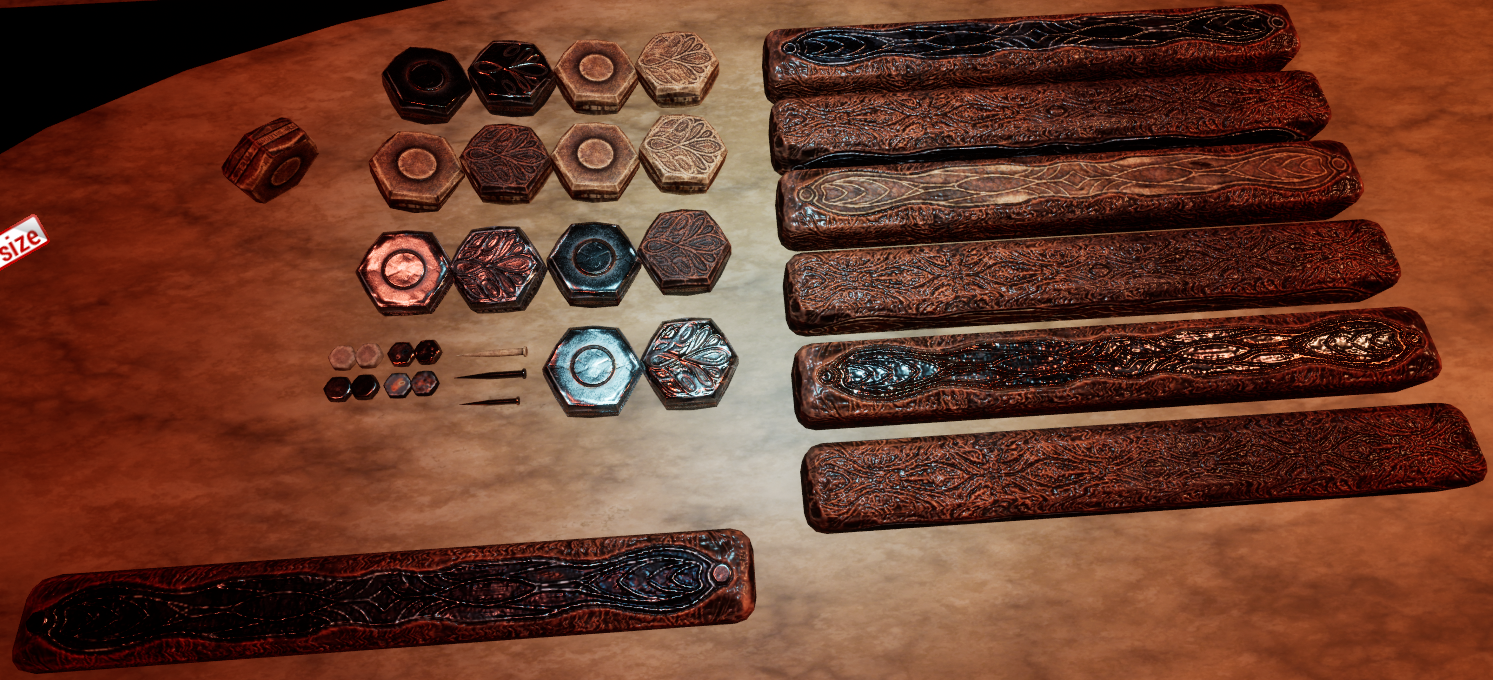

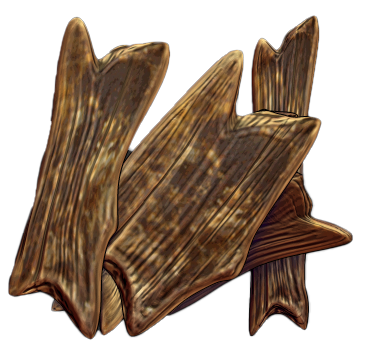
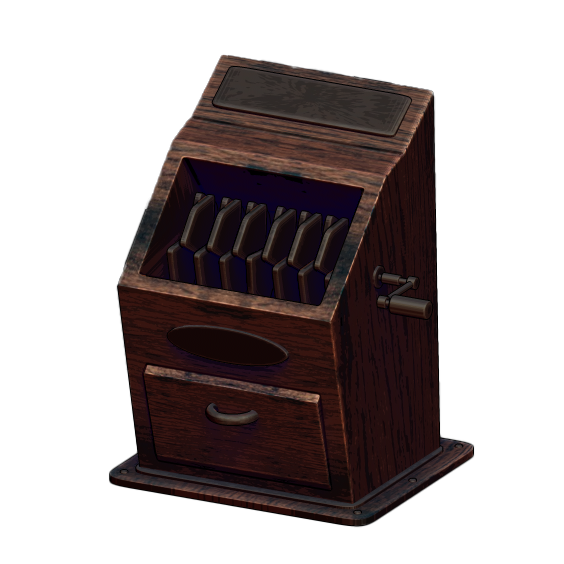
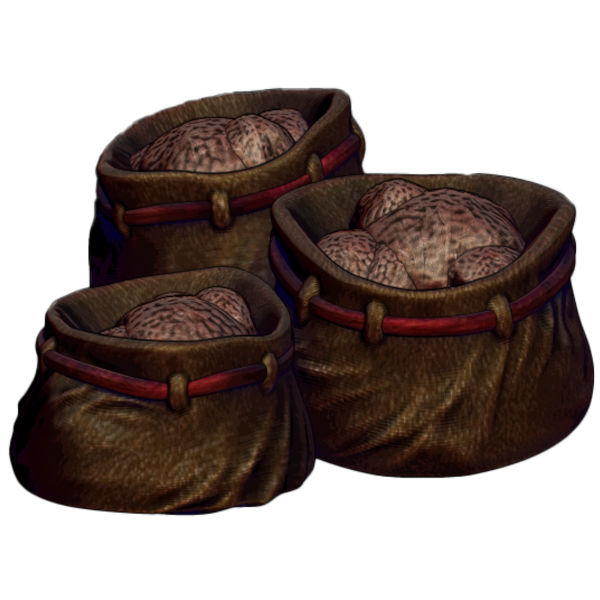
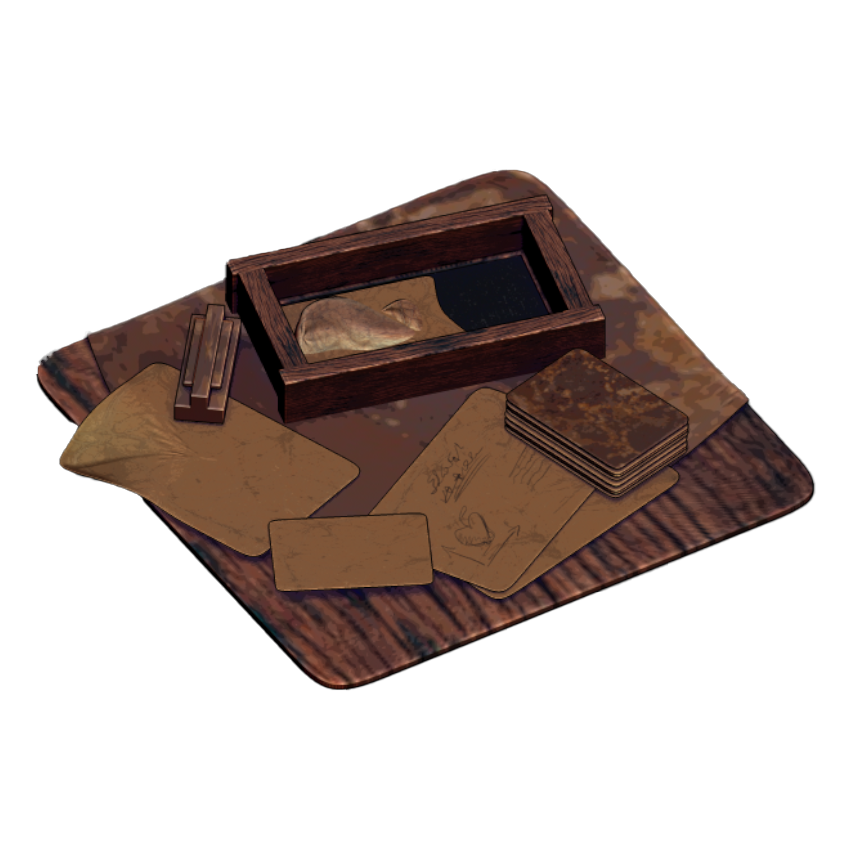
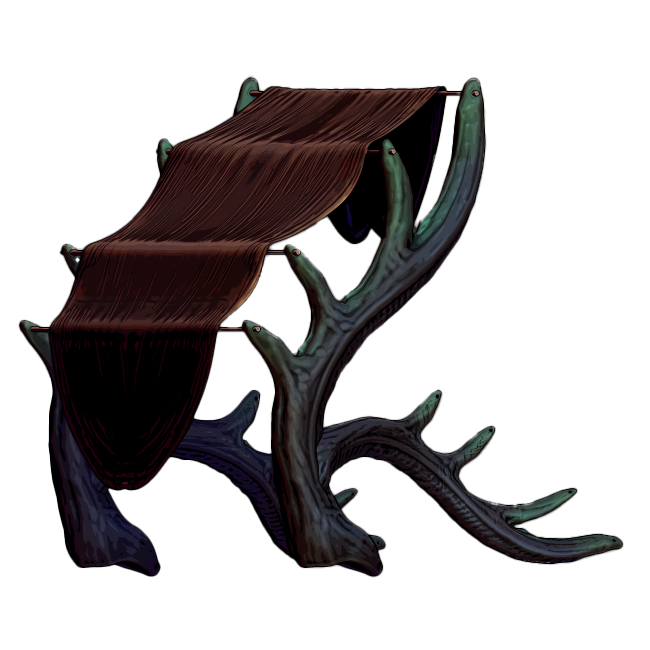
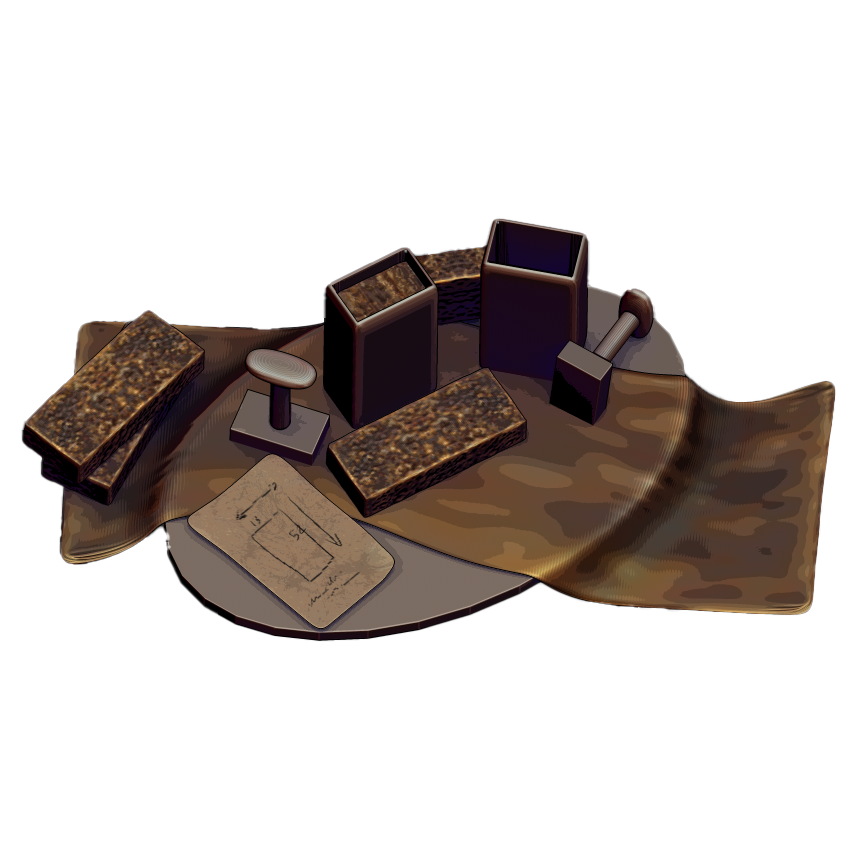




The 3D models done for this are amazing and the content that backs it up is just as good!